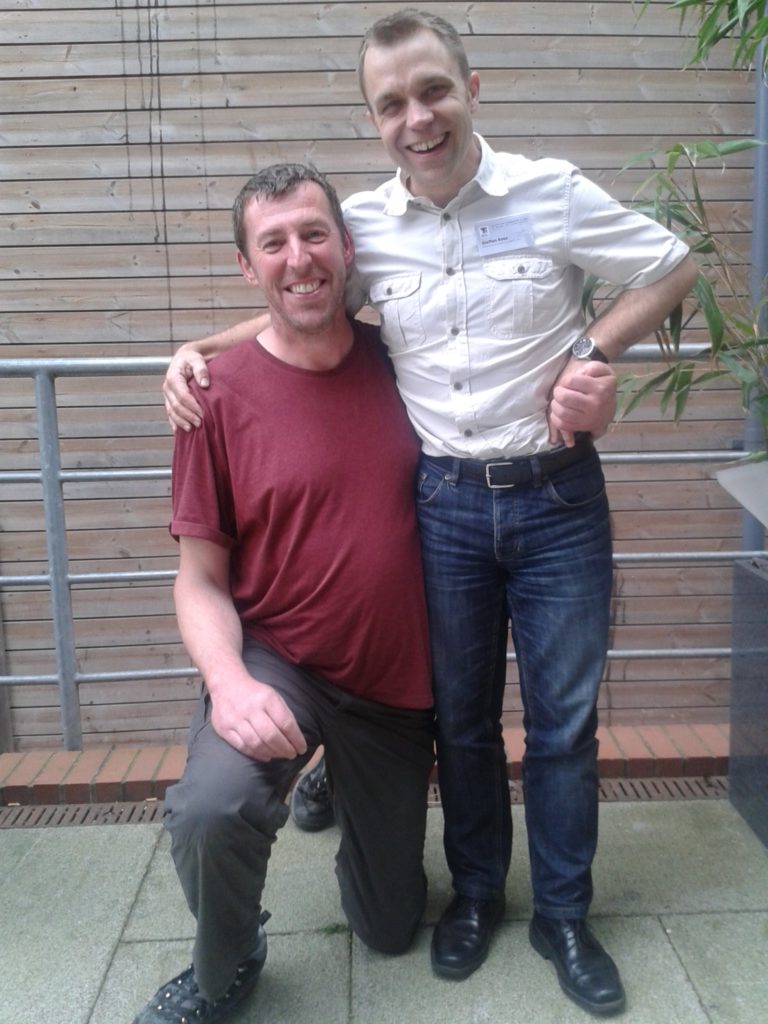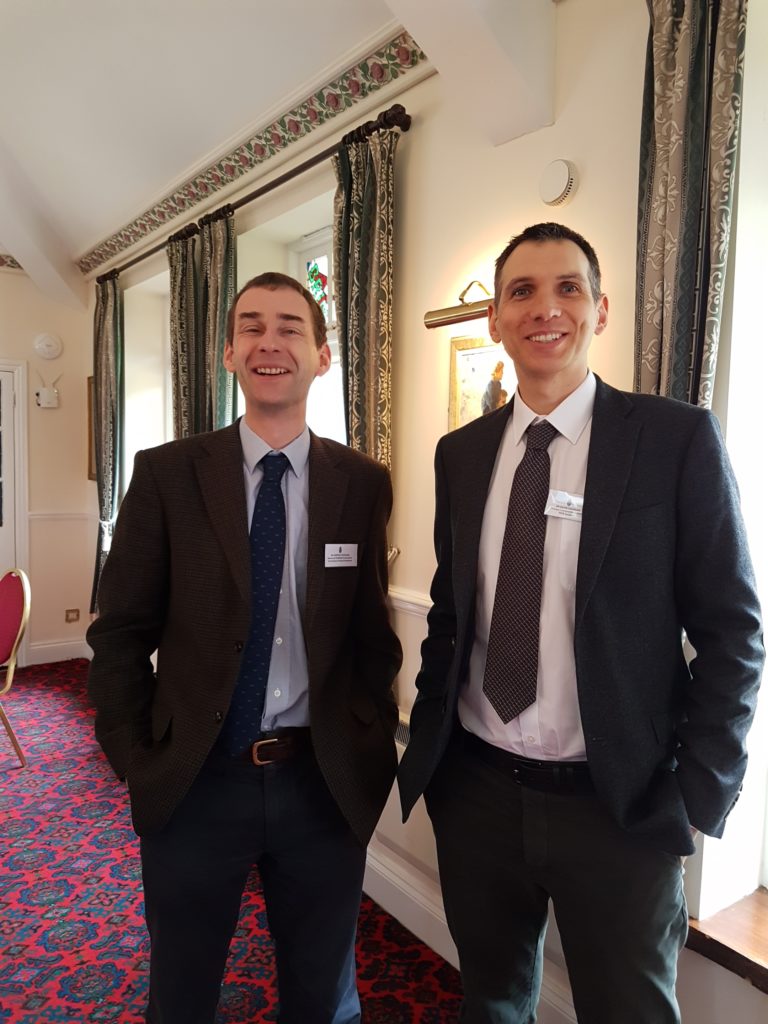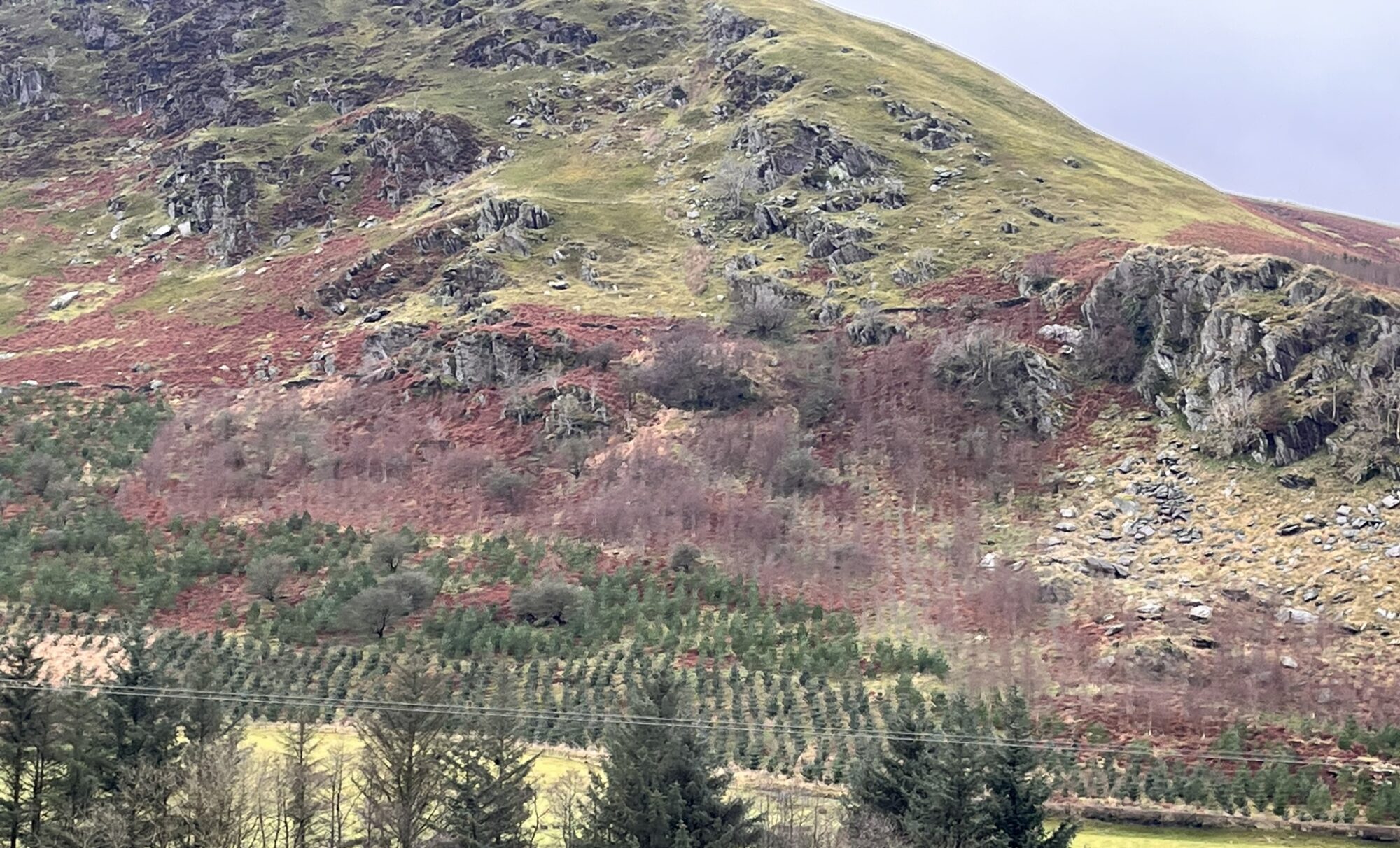After my guest blog for the RSPB, I noticed very little engagement. Is it too complex to talk about? Or, due to partisan turf wars over ‘owning’ curlew’s recovery, do we all risk letting it slip below critical recovery?

I’ve had some frank responses to my concerns -:
“I know what ***** are doing nationally and with local partners. The appeal page seems more targeted at politics, than science or action. There is plenty of room for suspicious people to avoid collaboration – we need more endorsements from people whose first inclination is to trust people.”

“I once put out informal feelers to a wildlife charity and a countryside group about a joint statement to government on ‘natural connection’. They both thought I was nuts. As both have too many supporters who would rather resign than be associated with the other. So I ended up writing nothing.”

“The tribal thing runs deep – I recall a policy director of a well-known country organisation saying that publishing a joint report with us caused more resignations than a subscription rise”
Shall we let farmland birds go to the wall because of partisan infighting over blame and pathways to solutions within the State of Nature reports? Will curlews fade from memory because of failure to act ‘tough‘ on the ground? Do reintroductions stall due to stakeholders failing to jointly agree management plans?

I was once frowned upon for waving a joint RSPB/GWCT report (see farmland bird research extract above) in front of a Defra Sec of State. I eventually got this reply from Liz Truss. Persisting a few years later on the same subject, Michael Gove sent this response to my query on the matter of collaboration.
I won’t tell you what I averted at HRH’s private curlew conference in the middle of Dartmoor!
Even if we have different values, we can be braver on being less tribal, seek to build trust, and reconcile differences to save more wildlife.



Scientists and conservationists at bird conf, game fair, Royal wader event
Revised 2018, 2019 (a Times letter on above), 2020 (incl my new service on maintaining dialogue), 2021

Hi Rob,
I wholeheartedly agree with what you say, I am at my wits end with the impasse that we face between the different lobbies. I for one stand with anyone who puts conservation above false dichotomy. I have felt similar discomfort trying to discuss such issues, as someone who shoots and is active within fieldsports in the North Pennines I get short shrift from so-called conservationists on the one hand and a similar lack of credence on the pro-shooting side. There are some folks out there who want to see progress made and are prepared to listen and accept things we may not want to hear, it is our only hope of making any genuine progress.
Waders are fast becoming conflict by proxy – curlew articles often met with “but what about hen harriers”.
We’re blundering into another stalemate – but perhaps that’s inevitable given that decisions are made by the same handful of dry, desk-bound greybeards hauling their baggage from meeting to meeting.
Wouldn’t it be lovely to see some fresh new faces who can engage with open minds. Dick Potts was a one off – GWCT sorely lack that kind of cross-part-appeal these days.
Thanks – agree in principle with your sentiment – old ‘greybeards’ or young zealots alike.
Rob,
There was plenty of engagement and collaboration from many members/organisations of Scotland’s conservation community yesterday at the first of the SNH-sponsored #Working-For-Waders workshops – http://www.moorlandforum.org.uk/working-for-waders .
This forward-looking, promising initiative aims to reverse the current declines in Scotland’s breeding wader populations through joined-up action and collaborative working. Scottish conservationists are certainly leading the way in promoting collaboration, so well done SNH, Moorland Forum, BTO Scotland, SRUC and JHI for galvinising and facilitating a stimulating event.
I agree Keith, Thursday was for once a step forward. This is a hugely important time for both curlew & NGOs (on both sides of the fence).
The polarised individuals need to be left behind. I really did see a difference with some new faces replacing the old and less confrontation (well some)
Interesting, I was at Edinburgh when you stood up and made an impassioned plea in the UP meeting. I was also at Battleby a year ago when it was declared ‘a time of action not words’. Here we are now still kicking the same issue into the bottleneck, the problem is easily understood, the answer is ridiculously simple, there needs to be a better species licensing system, hopefully general, then those with the will and ability can produce a viable population of these birds. What needs to be recognised is it is a largely ‘or’ not an ‘and’ situation especially in the short to medium term
Aye, that had been, and still is, a long journey.
Thanks Rob for your reference to the collaborative research between the GWCT Allerton Project and the RSPB as part of our investigation into the relative influences of habitat and predation pressure on songbirds. There are polarised views on whether habitat or predation limit songbird numbers, and objective research across organisations is an excellent way of providing an evidence base and improving our shared understanding of contentious issues.
The landscape influences both the composition of songbird communities and the numbers of their nest predators, mainly crows and magpies. On open farmland, we find a larger proportion of specialist farmland birds in the songbird community, and fewer crows and magpies. Where there is more woodland, there is a greater number of bird species, and that includes their predators. Controlling corvids is likely to have more of an impact on nesting success in farmland with woods than in the open farmland where predator numbers are already low. In the former, this can follow through to more breeding birds the following year … for some species.
Spotted flycatcher is one such species. When predator numbers are reduced, nesting success and breeding numbers increase. But they do so mainly in woodland habitats, rather than in gardens. Habitat influences their susceptibility to predation.
Some species can escape nest predation, even where predator numbers are high. Our research shows that whitethroat is a classic example. Almost all nests are in field margin herbaceous vegetation where crows and magpies appear to be unable to find them. Yellowhammers, which nest in both herbaceous vegetation and in hedges, experience lower nest predation in the former.
Nests in open unmanaged hedges are more susceptible to predation than those in well managed hedges with better cover. Early season blackbird nests are more vulnerable to predation than those later in the season when they are better concealed by leaves. Reducing predator numbers has greater benefits for the early nests than the later ones. This can result in higher production and abundance … except in landscapes where predator numbers are low and habitat will have a greater direct influence on songbird numbers.
Management decisions based on research are more likely to be effective, but are not necessarily easier to understand or implement. It is so much easier to be tribal!
Spot on Chris,
And as you point out one size of management does not fit all with respect to conserving song and other farmland birds. One question though – you don’t specifically address mammalian predators in the foregoing. What is the relative contribution of mammalian predation in both open farmland and woodland, given that fox, badger and grey squirrel populations (like corvids) are at all time highs? What does the evidence reveal about their respective roles and impacts?
Chris,
This is very interesting and, for me, now, having just bought a farm, very useful. Baseline surveying under way, with intention to be informed by findings for farm management. In our case, increasing cover, through having hay crops and protecting the bases of hedges from grazing, will, I hope, do some good.
I am frustrated by the ‘species’ approach to conservation and the consequent management of habitats and predators. Focus on one species inevitably leads to conflicts with another species and compounds the ‘tribal’ effect of conservation organisations mentioned on another blog. Progess on improving biodiversity is not helped by the curlew/grouse versus hen harrier debate – and this is just one (albeit extreme) example of how resources are put into promoting one species to the detriment of others. It will be a long journey, but I hope we can move towards a focus on the health of the ecosystem, and to manage (or not manage) habitats to be robust, healthy and species rich rather than manage them for one or two iconic species.
Rob, I hope I can contribute to the curlew cause on the farm we’ve just bought. I take heart from your thorough and lucid case.
Power to your elbow Rob. In Scotland the partnership model is bearing fruit. However, the very active role of our firm but fair successive Environment Cabinet Secretaries in ensuring these partnerships are effective, should not be underestimated.